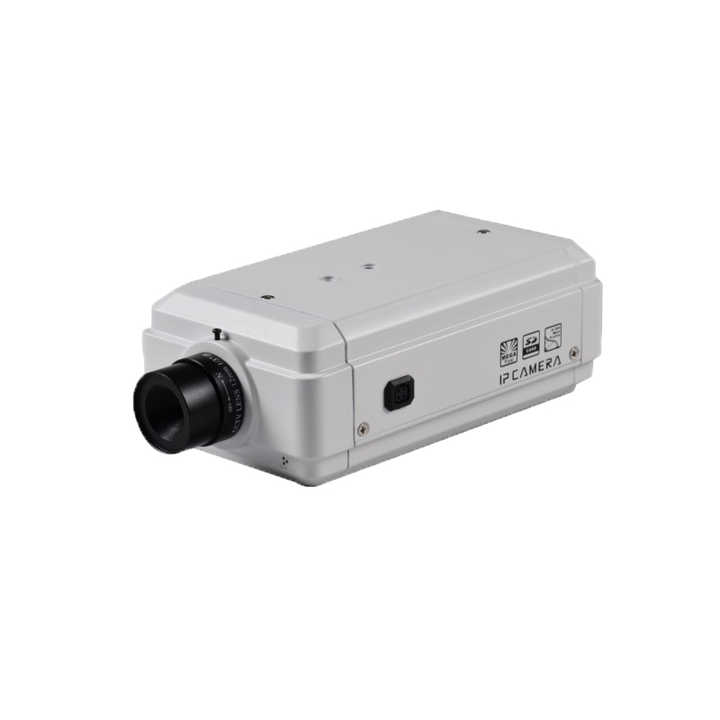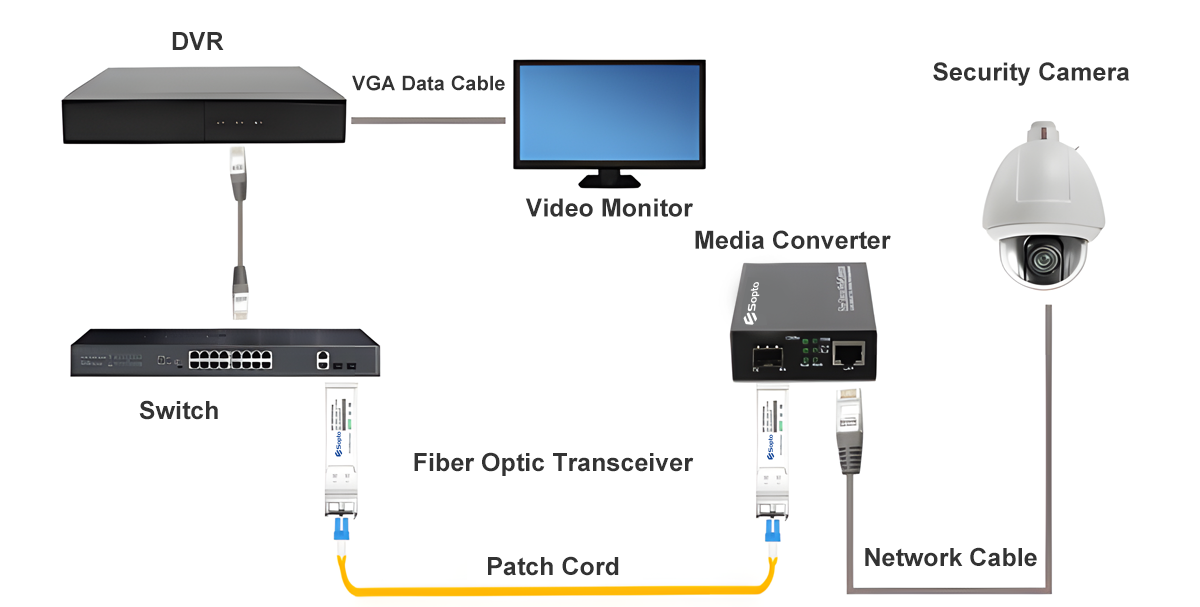Just How CCTV Cameras With Fiber Optic Outcome Enhance Long-Distance Monitoring
CCTV video cameras equipped with fiber optic result represent a considerable innovation in long-distance security technology, providing unmatched benefits over typical systems. By leveraging the homes of light transmission with fiber optics, these video cameras make sure high-def video quality remains intact across comprehensive distances while effectively mitigating electromagnetic disturbance - cctv fibre optic cable.

Comprehending Fiber Optic Innovation
Fiber optic modern technology is significantly made use of in long-distance surveillance applications as a result of its phenomenal capability for data transmission. This innovation utilizes thin strands of glass or plastic fibers to transmit information as light signals, substantially decreasing the attenuation commonly connected with typical copper cords. The inherent homes of fiber optics allow for the transmission of huge quantities of data over considerable ranges without loss of high quality, making it an optimal choice for applications calling for trusted interaction.
The principle of total inner reflection facilitates the reliable transmission of light within the fiber, making sure high bandwidth and rate. Unlike electrical signals in steel cords, fiber optics are unsusceptible to electromagnetic disturbance, enhancing the honesty of data transmission. This particular is particularly beneficial in atmospheres with high degrees of electrical sound, such as industrial setups or urban areas.
In addition, fiber optic cable televisions are lighter and more versatile than their copper equivalents, which simplifies installment and decreases architectural load. With their longevity and resistance to environmental variables, fiber optics are fit for outdoor applications, consequently extending the reach of checking systems. Because of this, fiber optic innovation is coming to be a cornerstone in contemporary security services, properly dealing with the difficulties of long-distance surveillance.
Benefits of Fiber Optic CCTV
Using fiber optic technology in CCTV systems provides many benefits that enhance security capabilities. One of the main advantages is the capacity to transmit high-definition video over lengthy ranges without substantial signal degradation. Unlike standard copper wires, fiber optics can maintain video top quality over comprehensive runs, making them perfect for huge homes or remote monitoring places.
Furthermore, fiber optic cable televisions are less prone to electromagnetic interference, which can distort signals in traditional systems. This ensures more clear photos and undisturbed service, crucial for security surveillance. Additionally, fiber optics are inherently extra protected, as intercepting signals requires specialized tools, hence giving an added layer of defense versus unapproved accessibility.
The light-weight and small nature of fiber optic cables additionally streamlines installation, making it possible for much easier routing via tight spaces and lowering general labor costs. Their durability makes them immune to ecological factors such as dampness and temperature variations, extending the life-span of the surveillance system.
Last but not least, fiber optic systems can support a greater number of cams on a single network, enhancing sources and using scalability for future development. These benefits make fiber optic CCTV systems a remarkable choice for contemporary security needs.
Contrast With Typical Systems
When contrasting CCTV systems, traditional setups often fall brief in numerous key locations, specifically in terms of distance and signal stability. Traditional coax cable systems usually deal with substantial signal destruction over cross countries, limiting effective tracking ranges to around 300 feet (cctv fibre optic cable). Yet limit, picture quality lessens, bring about potential blind spots and reduced surveillance effectiveness
In contrast, fiber optic systems maintain signal integrity over much greater distances, often exceeding several miles without loss of quality. This is largely due to their capacity to send information as light signals, go to this website which are much less at risk to electro-magnetic disturbance than electric signals utilized in standard systems.
Furthermore, conventional systems require more substantial maintenance and troubleshooting due to their vulnerability to ecological factors such as dampness and electro-magnetic noise. Fiber optic systems, on the other hand, offer enhanced resilience and lower upkeep prices, as they are less susceptible to damage.
Applications in Long-Distance Surveillance
The benefits of modern-day CCTV systems in preserving signal stability over lengthy distances open a vast array of applications for long-distance monitoring. One substantial application is in urban security, where communities release fiber optic CCTV systems to keep track of public spaces, boosting safety and security and preventing criminal activity. These systems give constant, premium video clip feeds that are vital for effective police and emergency response.
One more important application remains in industrial setups, where remote tracking of making processes and unsafe areas is crucial. Fiber optic CCTV can stand up to rough atmospheres and transmit information over cross countries without loss of high quality, permitting real-time oversight and lessening threats to personnel.
Furthermore, essential infrastructure such as airport terminals, railways, and pipes gain from long-distance CCTV tracking. Protection groups click to investigate can look after large areas from streamlined control areas, guaranteeing fast action to any incidents.
Furthermore, in farming setups, farmers utilize long-distance CCTV to keep an eye on crops and animals, helping to improve performance and protection. Overall, the versatility and dependability of fiber optic CCTV systems make them important across different markets, enabling extensive monitoring services customized to certain demands.
Future Trends in Monitoring Innovation
Just how will developments in technology improve the landscape of security? The future of security technology is poised for substantial makeover, driven by advancements such as expert system (AI), artificial intelligence, and side computing. These technologies enable real-time information analysis, enabling fast identification of potential hazards and enhanced situational recognition.
AI-powered analytics will boost the accuracy of facial acknowledgment systems, reducing incorrect positives and making it possible for much more reliable tracking of individuals. The integration of Web of Points (IoT) tools will assist in a seamless network of interconnected security systems, improving surveillance capabilities throughout huge locations.
An additional trend is the change towards cloud-based storage options, which offer scalable information administration and accessibility. This will enable organizations to keep huge quantities of video clip her explanation information without the restrictions of physical storage space, while making sure that details is conveniently retrievable.

Verdict
To conclude, CCTV cameras geared up with fiber optic output represent a considerable development in long-distance monitoring capabilities. The utilization of fiber optic technology makes certain high-definition video clip transmission over considerable ranges without top quality deterioration, while also providing resistance to electro-magnetic interference. The lightweight and adaptable nature of these systems assists in streamlined installation and source optimization. As security modern technology proceeds to progress, the adoption of fiber optic options will likely play a critical role in boosting protection throughout diverse applications.